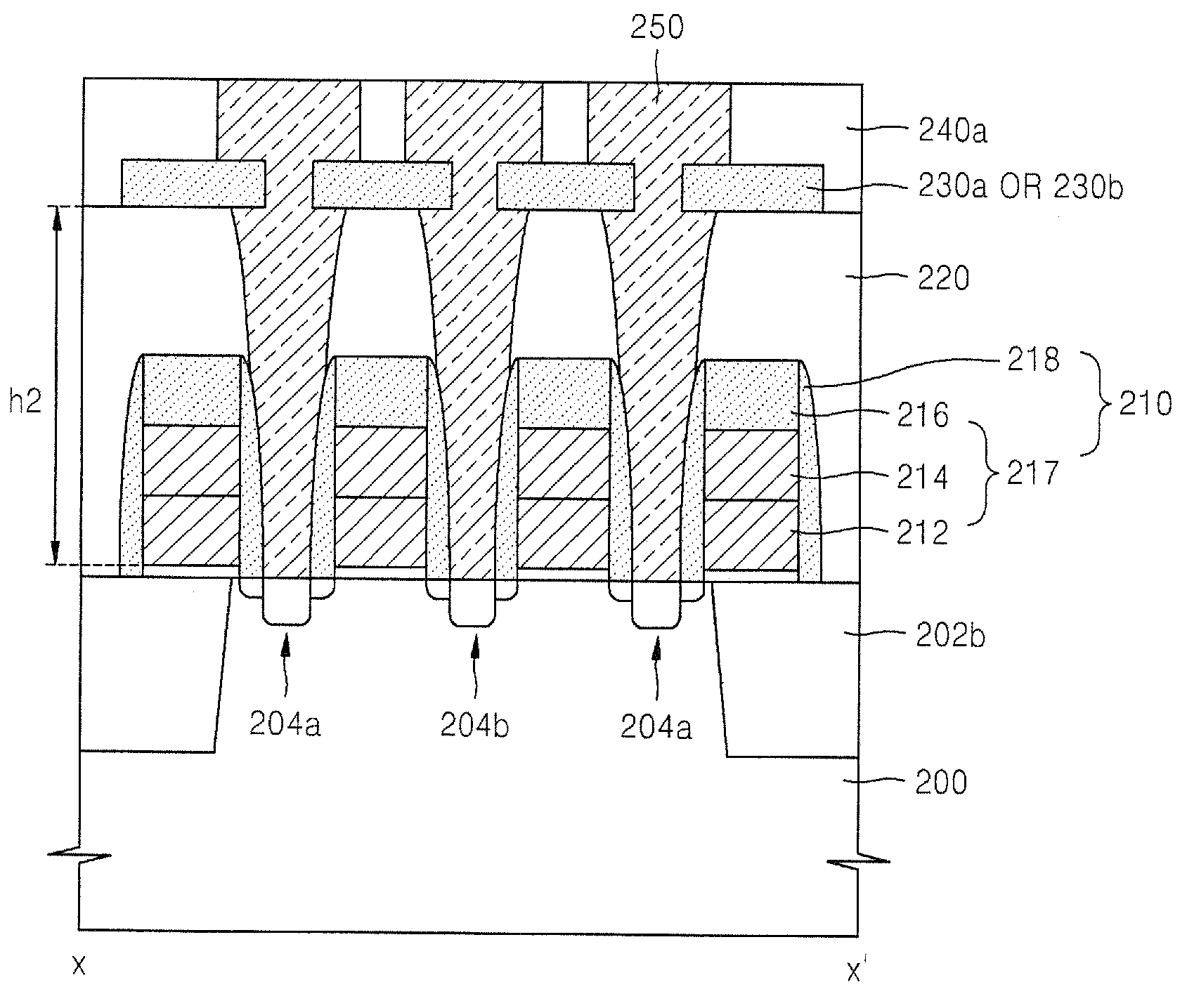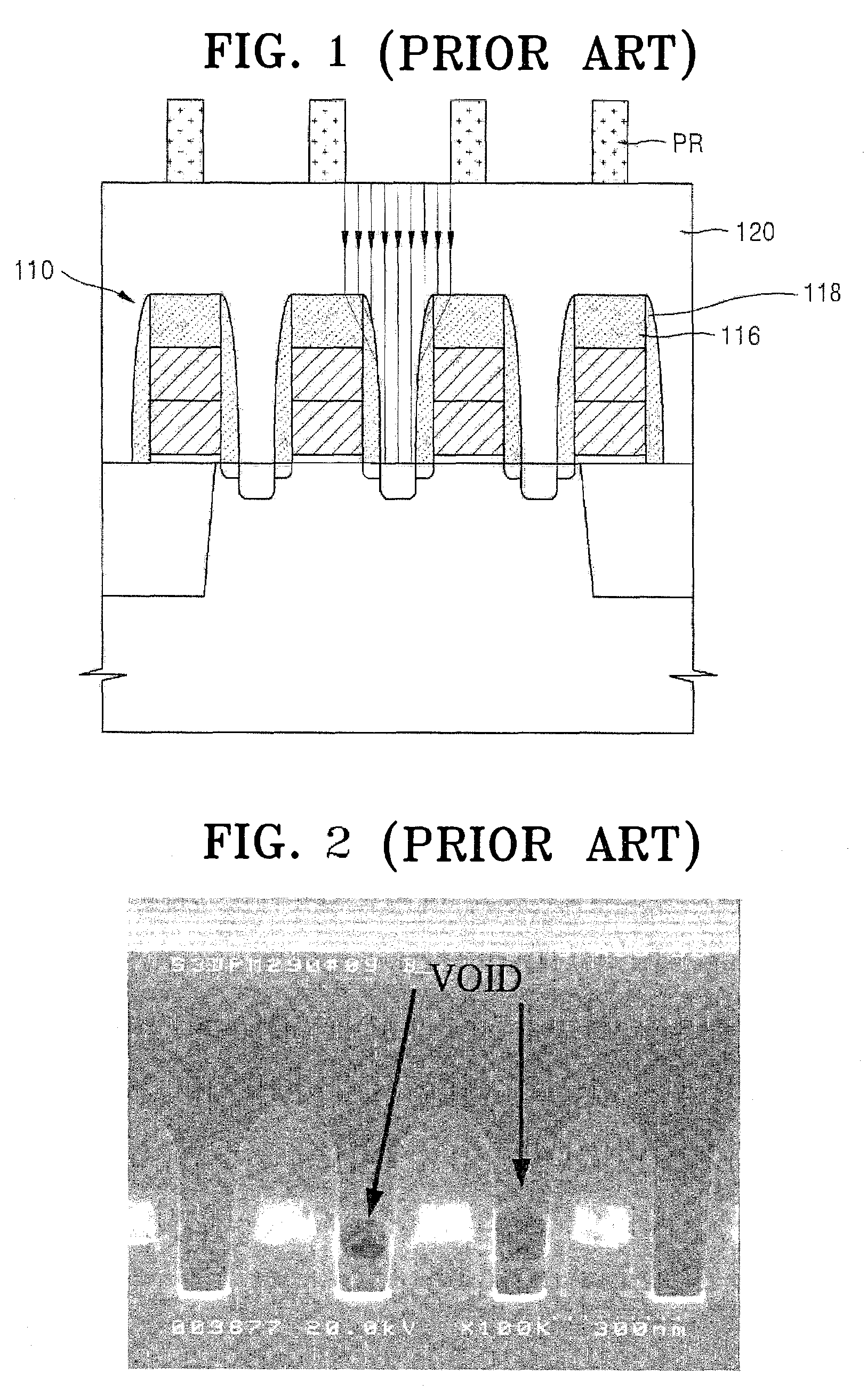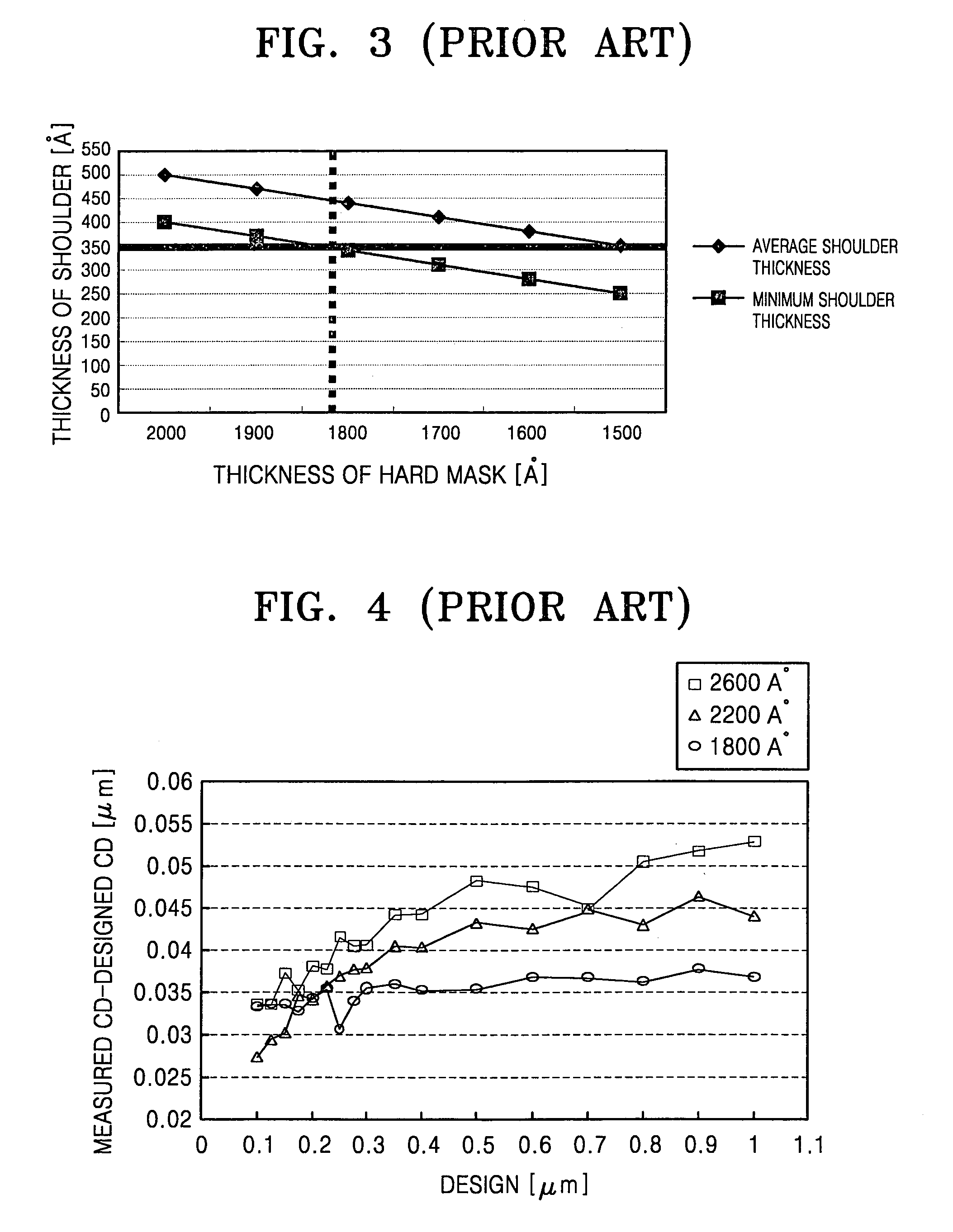Method of manufacturing semiconductor device that includes forming self-aligned contact pad
a technology of contact pads and semiconductor devices, which is applied in the direction of semiconductor devices, basic electric elements, electrical appliances, etc., can solve the problems of reducing voids or similar imperfections, and the difficulty of completely filling the interlayer insulating material between the gate electrode structures, etc., to achieve the effect of facilitating the gap filling, lowering the height and improving the cd profile of the gate electrode structur
- Summary
- Abstract
- Description
- Claims
- Application Information
AI Technical Summary
Benefits of technology
Problems solved by technology
Method used
Image
Examples
Embodiment Construction
[0034]The invention will now be described more fully with reference to the accompanying drawings, in which exemplary embodiments of the invention are shown. The invention may, however, be embodied in many different forms and should not be construed as being limited to the embodiments set forth herein; rather, these embodiments are provided so that this disclosure will be thorough and complete, and will fully convey the concept of the invention to those skilled in the art. In the drawings, the thickness of layers and regions are exaggerated for clarity. Like reference numerals in the drawings denote like elements, and thus their description will be omitted.
[0035]FIGS. 5A and 5B through FIG. 9 illustrate a method of manufacturing a semiconductor device including forming a SAC pad according to some embodiments of the invention.
[0036]FIG. 5A is a plan diagram illustrating an active region and a gate line stack of the semiconductor device, and FIG. 5B is a cross-sectional diagram taken a...
PUM
 Login to View More
Login to View More Abstract
Description
Claims
Application Information
 Login to View More
Login to View More - R&D
- Intellectual Property
- Life Sciences
- Materials
- Tech Scout
- Unparalleled Data Quality
- Higher Quality Content
- 60% Fewer Hallucinations
Browse by: Latest US Patents, China's latest patents, Technical Efficacy Thesaurus, Application Domain, Technology Topic, Popular Technical Reports.
© 2025 PatSnap. All rights reserved.Legal|Privacy policy|Modern Slavery Act Transparency Statement|Sitemap|About US| Contact US: help@patsnap.com



